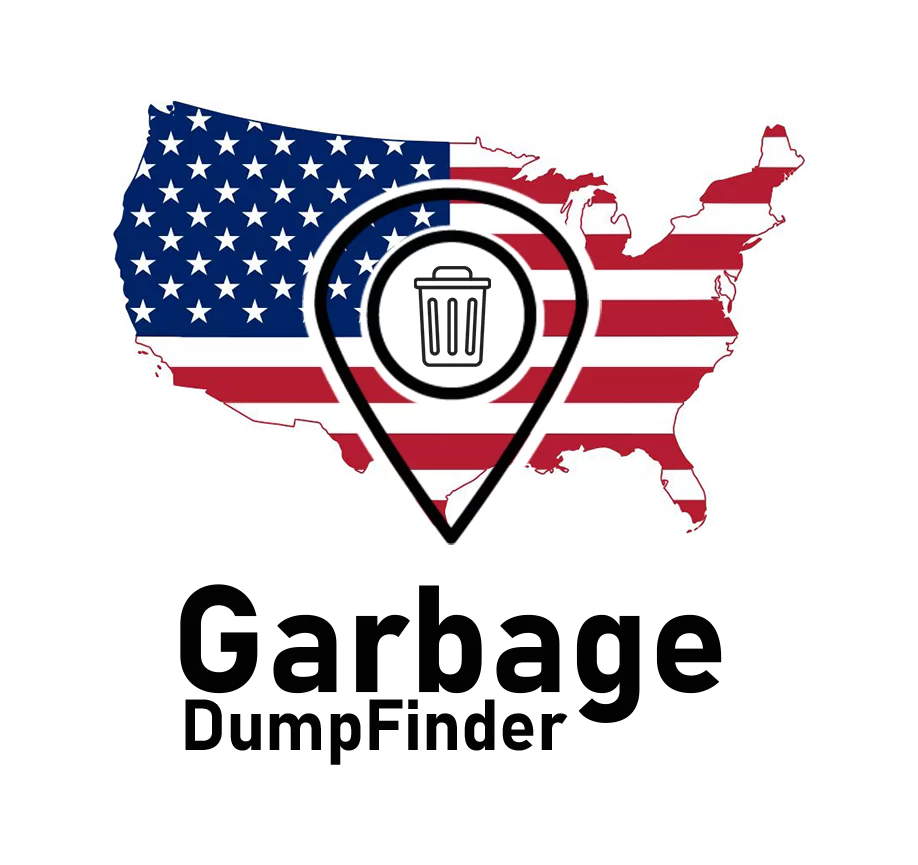Find Maryland Dumps & Landfills Near You
America's Largest List of Dumps in Maryland
Looking for the closest garbage dump or landfill in Maryland? Whether you’re located in Baltimore, Annapolis, or Frederick, we can help you find the right spot for waste disposal. Proper management of household trash, yard waste, or bulky items is essential to keeping our communities clean. Our guide will point you to the nearest landfill or garbage dump, ensuring that we all dispose of waste responsibly and follow local regulations.
FAQs
What types of waste can I take to a garbage dump?Garbage dumps in Maryland generally accept household waste, yard debris, and construction materials. Hazardous waste and electronics may need to be taken to special facilities. Always check with the local dump to confirm accepted materials.
Is there a fee to use a landfill?Yes, most landfills and garbage dumps charge a fee based on the amount and type of waste. Contact the facility ahead of time for specific pricing information to avoid surprises during your visit.
Can I recycle at a landfill?Many landfills offer recycling services for materials like plastics, metal, and paper. It’s helpful to separate recyclables from general waste before arriving to speed up the process at the facility.
Do garbage dumps accept business waste?Some landfills allow commercial waste, but it’s important to check with the facility beforehand. There may be additional permits or fees required for businesses disposing of large amounts of waste.
What should I do with old electronics?Electronics like TVs, computers, and phones typically aren’t accepted at regular garbage dumps. Maryland has e-waste recycling centers specifically for electronic items, so it’s best to use those for disposal.
How do I dispose of hazardous materials?Hazardous waste, such as paints, chemicals, and batteries, needs to be taken to designated hazardous waste collection centers. These items cannot be accepted at regular landfills due to environmental risks.
Are there vehicle restrictions at garbage dumps?Most landfills allow standard vehicles like cars, pickups, and trailers. Larger commercial vehicles may have restrictions, so it’s a good idea to check with the landfill in advance to ensure your vehicle is allowed.

List of Maryland Dumps
More About Maryland Landfills
Maryland’s waste management system is designed to protect the environment while efficiently handling the state’s waste. Garbage dumps and landfills play a crucial role in managing household, commercial, and construction waste. The Maryland Department of the Environment (MDE) oversees landfill operations to ensure they meet state and federal environmental standards.
In major cities like Baltimore, Silver Spring, and Rockville, landfills handle significant amounts of residential and commercial waste. For instance, the Quarantine Road Landfill in Baltimore is one of the largest facilities, accepting municipal solid waste, yard debris, and construction materials. Other cities, such as Annapolis and Frederick, also have local landfills to accommodate growing waste disposal needs.
Maryland promotes waste reduction and sustainability through recycling programs offered at many garbage dumps. The state has established comprehensive recycling systems, and most landfills offer services for materials like glass, paper, plastics, and metals. Facilities like the Montgomery County Transfer Station provide recycling drop-off points for residents looking to minimize the waste they send to landfills.
One of Maryland’s key environmental initiatives is its focus on the proper disposal of hazardous waste and electronics. The state regularly organizes hazardous waste collection events, helping residents safely dispose of chemicals, paints, and batteries. E-waste recycling centers are also available for electronics like computers and TVs, preventing these items from contributing to landfill waste and environmental hazards.
By utilizing local garbage dumps and landfills efficiently and taking advantage of Maryland’s recycling and hazardous waste programs, we can help reduce our environmental footprint and protect the state’s natural resources.
For more information, visit the Maryland Department of the Environment.
